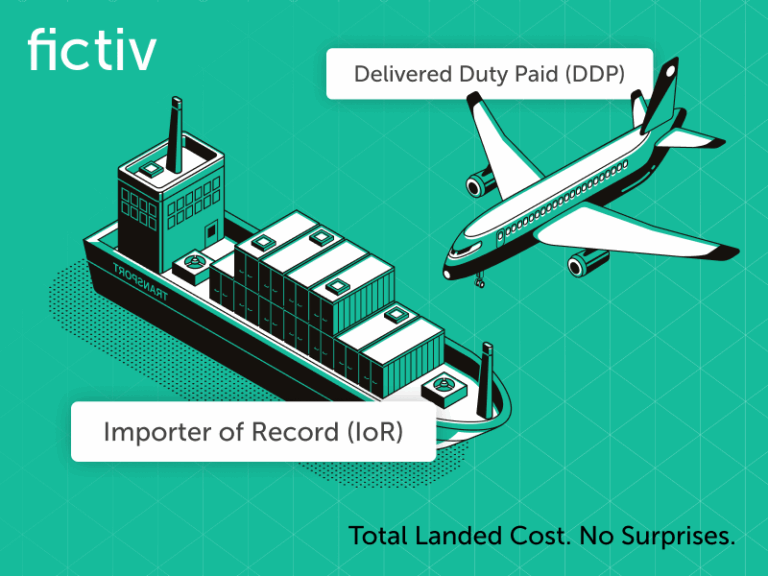ABS-Like materials in 3D printing typically refer to materials that mimic the properties of Acrylonitrile Butadiene Styrene (ABS), a common thermoplastic used in 3D printing. These materials offer some of the characteristics of ABS but may have different formulations or be better suited for certain applications. Here are some applications for ABS-Like materials in 3D printing:
Functional Prototypes: ABS-Like materials are often used to create functional prototypes of products and components that need to mimic the mechanical properties of ABS, including its strength and durability.
End-Use Parts: These materials can be used to produce end-use parts and components for a variety of applications, especially those that require toughness and resistance to mechanical stress.
Consumer Goods: ABS-Like materials are suitable for manufacturing consumer goods such as toys, household items, and personal accessories.
Automotive Components: They can be used to create automotive parts, including interior trim, dashboard components, brackets, and functional prototypes of engine components.
Electronics Enclosures: ABS-Like materials are used for producing enclosures, cases, and housings for electronic devices, offering similar properties to ABS in terms of protection and durability.
Custom Manufacturing Tools: Manufacturers can use ABS-Like materials to produce custom manufacturing tools, jigs, fixtures, and assembly aids used in production processes.
Educational Models: ABS-Like materials are used for creating educational models that help students and professionals understand complex concepts in various fields, including engineering and biology.
Architectural Models: Architects and designers use ABS-Like materials to create detailed architectural models and prototypes of building designs.
Display and Signage: These materials are commonly used to create displays, signage, and marketing materials due to their durability and ease of fabrication.
Art and Sculptures: Artists and sculptors use ABS-Like materials to create intricate sculptures and art pieces with a wide range of colors and finishes.
Medical Prototyping: ABS-Like materials can be used in medical prototyping for creating models of surgical instruments, patient-specific anatomical models, and medical device prototypes.
Appliance Components: ABS-Like materials are used for producing components and parts in appliances like vacuum cleaners, kitchen appliances, and washing machines.
Consumer Electronics: Similar to ABS, ABS-Like materials can be used for creating casings, enclosures, and housings for various consumer electronic devices like computer peripherals, game controllers, and home appliances.
It’s important to consider the specific properties and characteristics of the ABS-Like material you’re using, as different formulations may have variations in terms of mechanical properties, temperature resistance, and surface finish. The choice of material depends on the requirements of your specific application.









